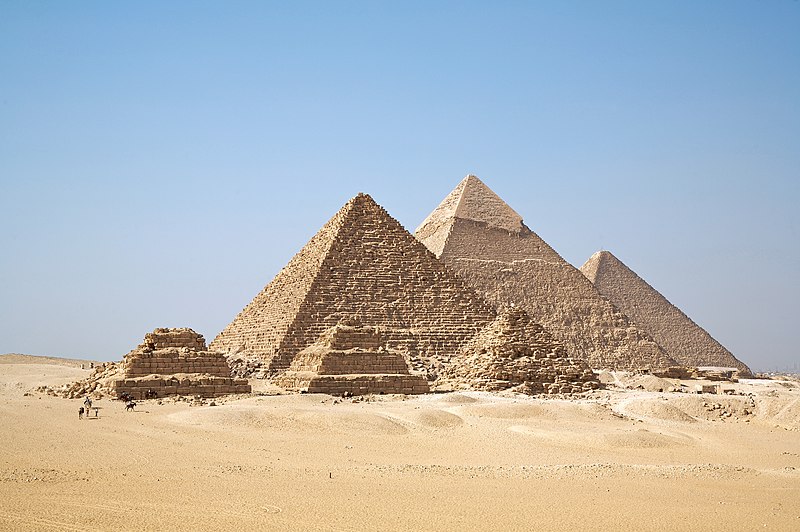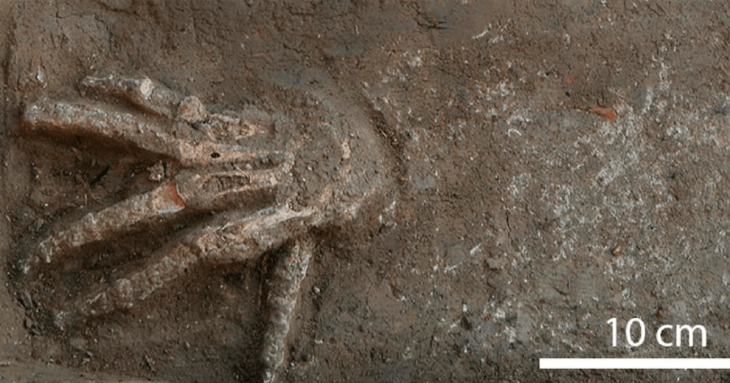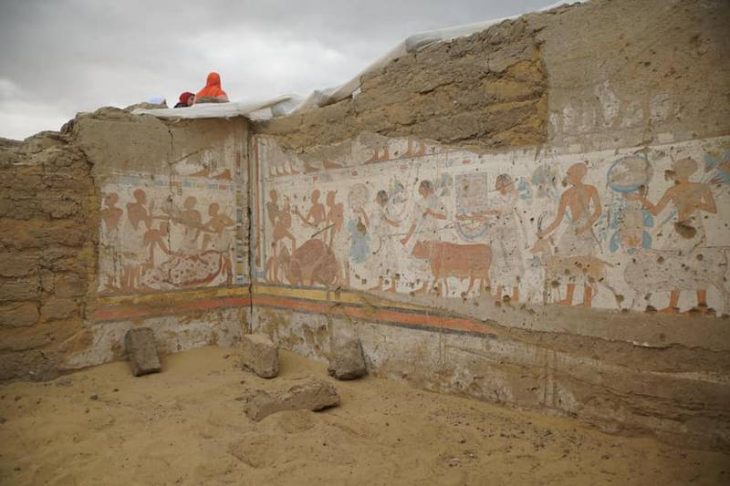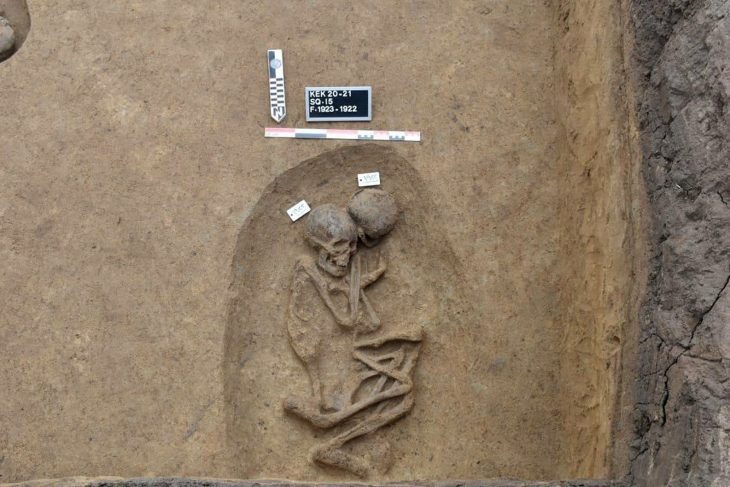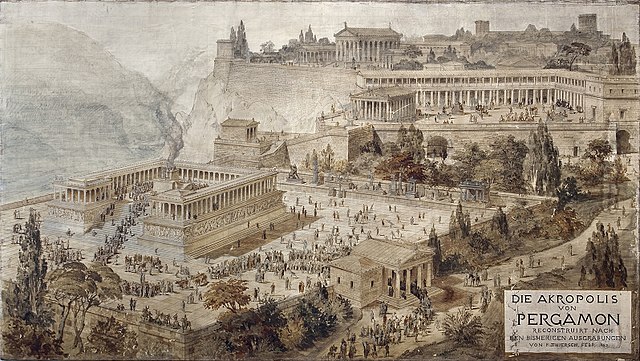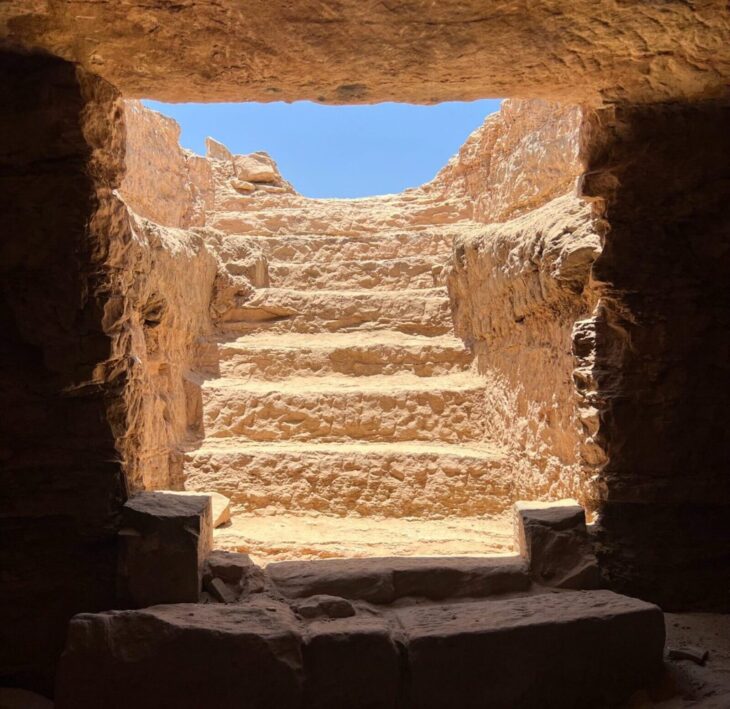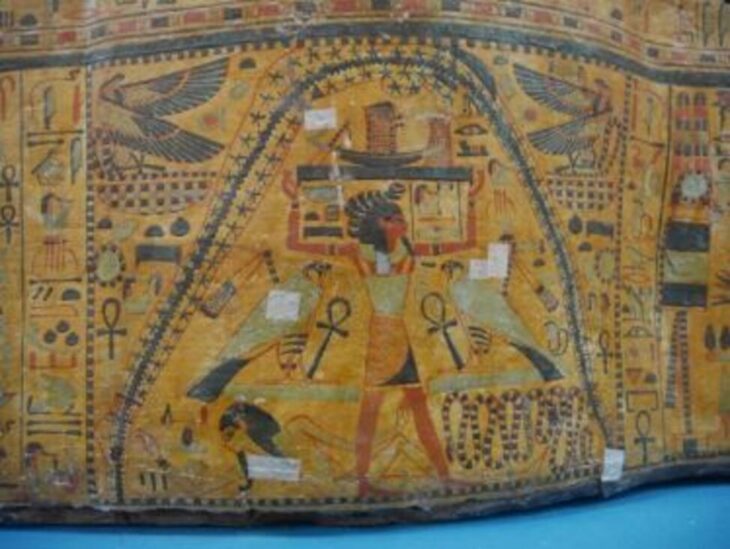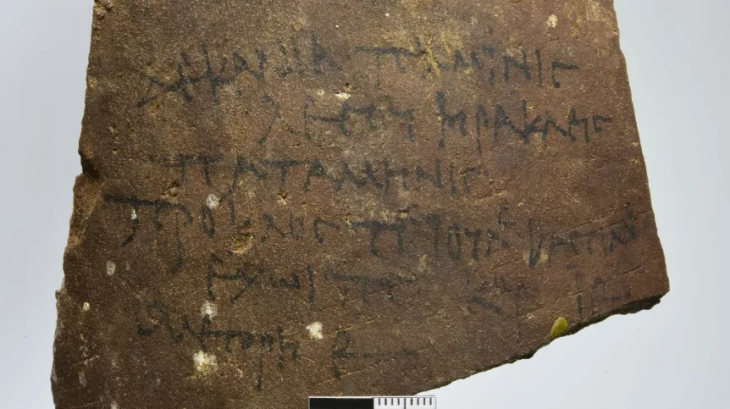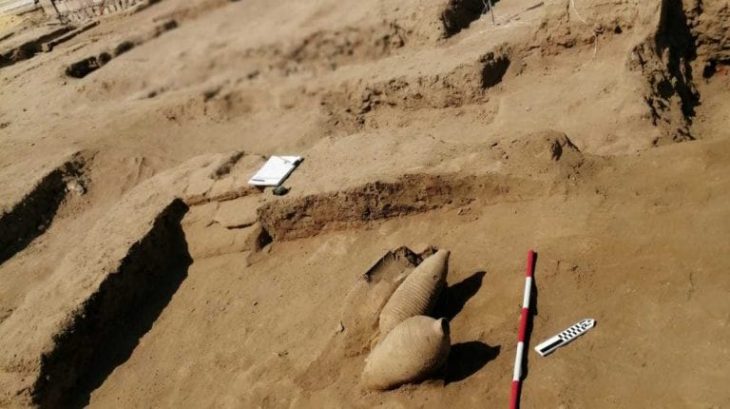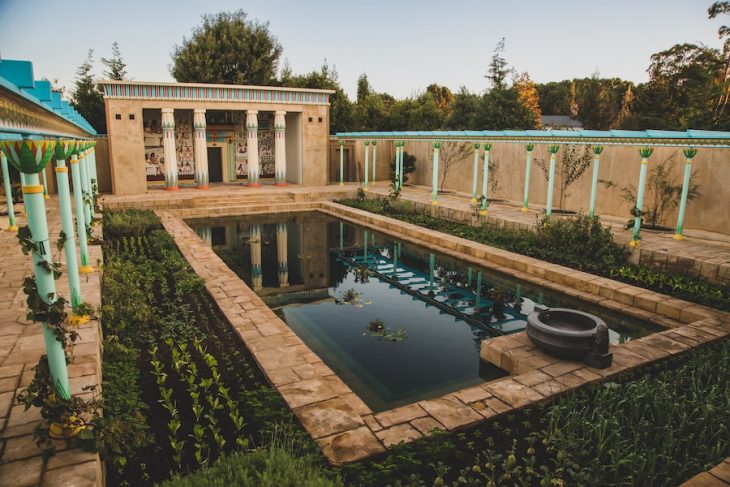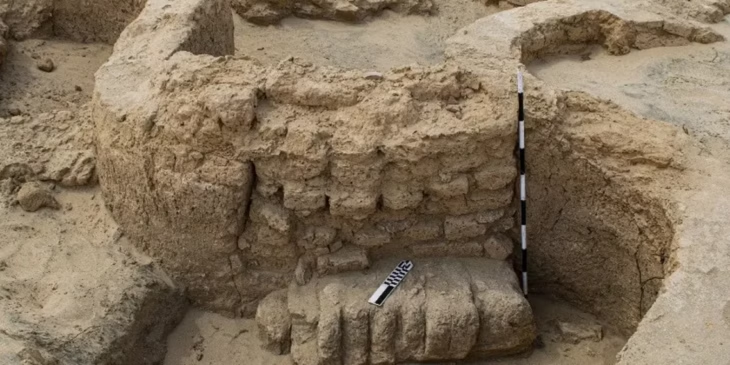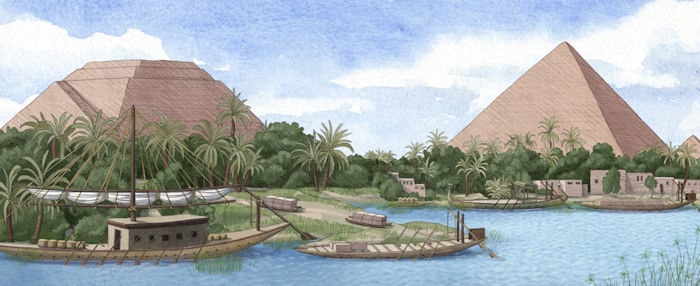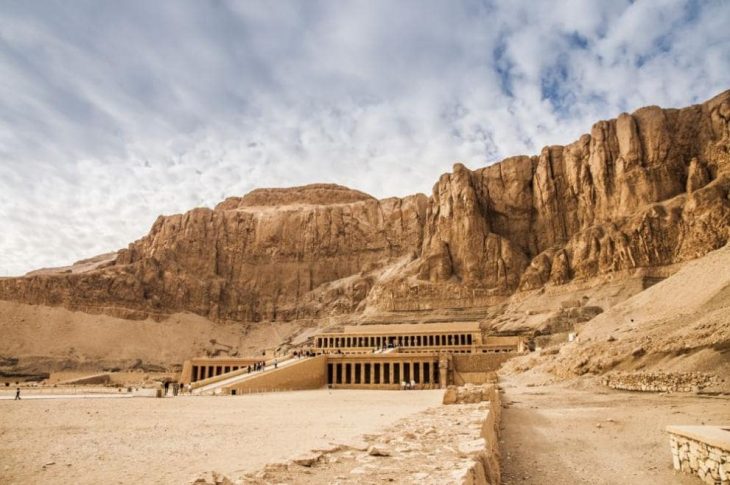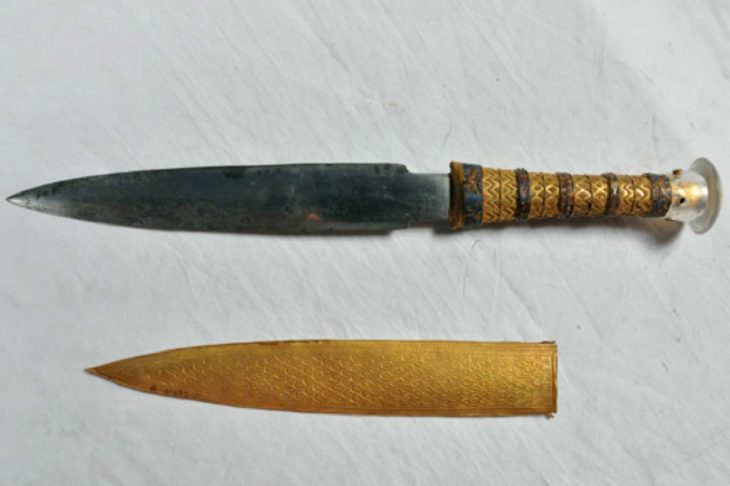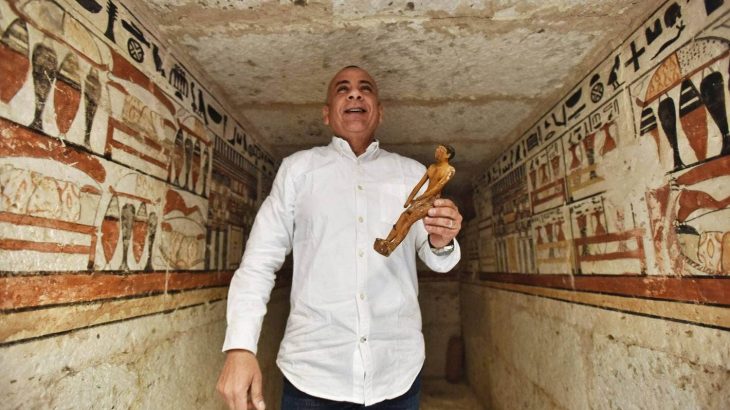The Great Pyramid is one of the rare surviving works of the ancient world. These gigantic structures give today’s visitors gives you a chance to look into a powerful dynasty. The pyramids, which continue to surprise historians with their construction techniques and their mysteries, are definitely worth seeing.
The Pyramids of Giza are tombs built for Egypt’s three pharaohs. The ancient Egyptians believed that when the pharaohs died, they would pass on to the afterlife as gods. These pharaohs prepared for the afterlife by ordering the construction of enormous pyramid tombs for themselves, where they could store all the items they would need in the next world.
Construction of the first and largest pyramid of the Khufu Pyramid (also known as the Great Pyramid or the Cheops Pyramid) began around 2550 BC for Pharaoh Khufu. Thirty years later, Khufu’s son ordered the construction of his own tomb, the Pyramid of Khafre (Pyramid of Khafre). At the same time, the Sphinx, believed to have been modeled after Khufu’s son, was built to protect this tomb. Known as the Pyramid of Menkaure and the last of the Pyramids of Giza, the Pyramid was built around 2490 BC by Khafre’s son and is considerably smaller than the first two pyramids.
These three pyramids together with the Sphinx and several other pyramids and tombs form the community known as the Giza Pyramid Complex.
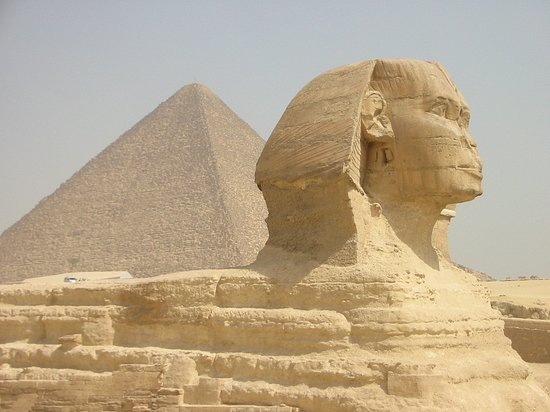
How were the pyramids built?
The engineering behind the Pyramids of Giza is so impressive that scientists and historians aren’t sure exactly how they were built. However, over the past hundred years, archaeologists have made numerous discoveries that have helped them better understand the structure of the Pyramids.
📣 Our WhatsApp channel is now LIVE! Stay up-to-date with the latest news and updates, just click here to follow us on WhatsApp and never miss a thing!!
Researchers agree that it took 10,000-20,000 workers over two decades to build the three pyramids. Ancient history books claim that the Pyramids of Giza were built by slaves, but later discoveries have concluded that the majority, if not all, of the workers working at a time when the Nile River flooded the nearby land, were native Egyptian farmers. These workers lived in a temporary town built near the Menkaure Pyramid.
Egyptians used a variety of tools and equipment to build the Pyramids. The stones used in the construction of both Khufu and Menkaure came from nearby quarries, although it is unclear where the stones used to build the Khafre pyramid came from. To transport these stones on the land and onto the pyramids, workers dragged the sleds over wet sand and moved the materials up using a series of ramps. How these ramps were designed is unknown! This is just one of many mysteries surrounding the construction of the Pyramids of Giza.
Special features in the pyramids
The Great Pyramid was the largest building in the world for 43 centuries. A complete square is obtained by gathering the bases of the Great Pyramid. The error rate has an almost negligible rate of 0.1. As everyone knows, its slope is 54 degrees 54 minutes.
A Belgian researcher named Robert Bauval discovered that the position of the stars Alnilam, Alnitak and Mintaka belonging to the Orion constellation is the projection of these three Pyramids. With this invention, it was understood that the three Pyramids point to the Orion constellation. The fact that the names of the kings are Khufu, Khafra and Menkaura show that it was not a coincidence that a conscious choice was made. It should not be forgotten that the kings are kings one after another.
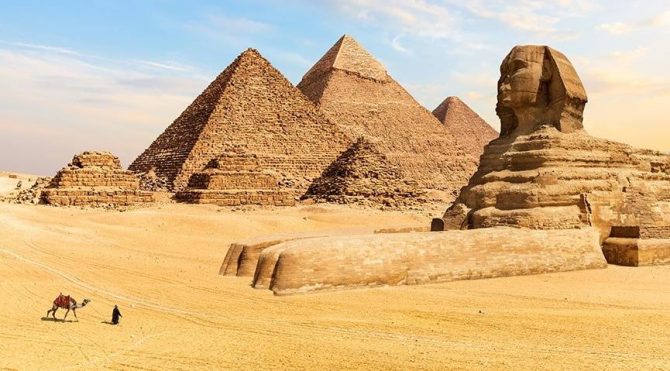
Pyramid alignment
The Great Pyramid is almost perfectly aligned along with the main points (north-south-east-west), a feature that continues to surprise historians. The researchers theorized different methods of how this could be achieved, pointing to using the autumnal equinox as the most recent theory. To date, there is no conclusive evidence to show this.
Limestone coating
The Pyramids of Giza were erstwhile with a smooth limestone was covered. Only on top of the Khafre Pyramid is some of the original limestone pavement. Other coatings are thought to have been ripped out from here for the construction of other buildings in previous periods.
Smaller pyramids and tombs
The Khufu, Khafre and Menkaure Pyramids are not the only pyramids in the Giza Complex. There are three small pyramids on the east side of the Khufu Pyramid. Known as the Pyramids of the Queens, these tombs were built for Khufu’s wives and sisters.
There are smaller temples and pyramids near the pyramids of both Khafre and Menkaure. These structures were used in the funerals of royal officials and other members of the royal family, along with mastabas (stone tombs).

